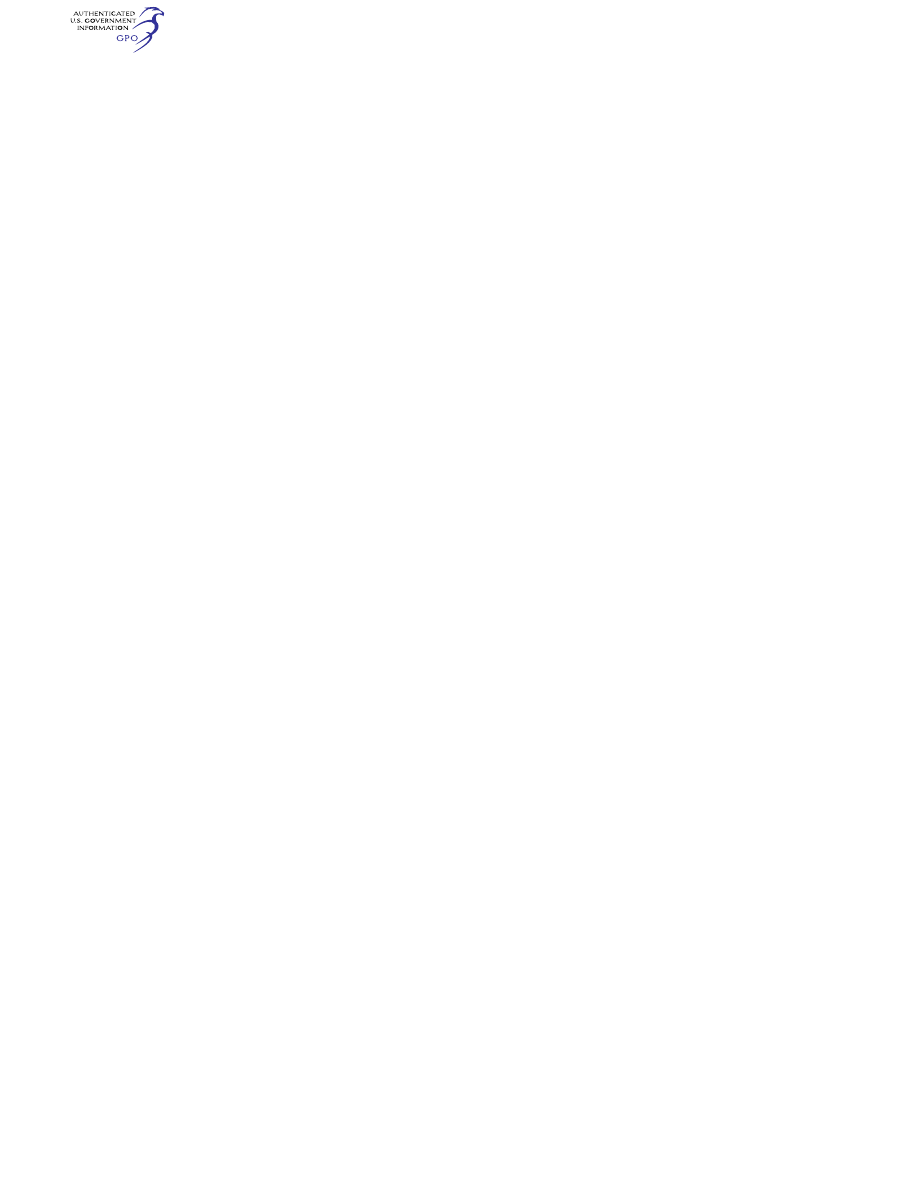
334
14 CFR Ch. I (1–1–24 Edition)
§ 25.1182
(7) Combustor, turbine, and tailpipe
sections of turbine engine installations
that contain lines or components car-
rying flammable fluids or gases.
(b) Each designated fire zone must
meet the requirements of §§ 25.863,
25.865, 25.867, 25.869, and 25.1185 through
25.1203.
[Doc. No. 5066, 29 FR 18291, Dec. 24, 1964, as
amended by Amdt. 25–11, 32 FR 6913, May 5,
1967; Amdt. 25–23, 35 FR 5677, Apr. 8, 1970;
Amdt. 25–72, 55 FR 29785, July 20, 1990; Amdt.
25–115, 69 FR 40527, July 2, 2004]
§ 25.1182
Nacelle areas behind fire-
walls, and engine pod attaching
structures containing flammable
fluid lines.
(a) Each nacelle area immediately
behind the firewall, and each portion of
any engine pod attaching structure
containing flammable fluid lines, must
meet each requirement of §§ 25.1103(b),
25.1165 (d) and (e), 25.1183, 25.1185(c),
25.1187, 25.1189, and 25.1195 through
25.1203, including those concerning des-
ignated fire zones. However, engine pod
attaching structures need not contain
fire detection or extinguishing means.
(b) For each area covered by para-
graph (a) of this section that contains
a retractable landing gear, compliance
with that paragraph need only be
shown with the landing gear retracted.
[Amdt. 25–11, 32 FR 6913, May 5, 1967]
§ 25.1183
Flammable fluid-carrying
components.
(a) Except as provided in paragraph
(b) of this section, each line, fitting,
and other component carrying flam-
mable fluid in any area subject to en-
gine fire conditions, and each compo-
nent which conveys or contains flam-
mable fluid in a designated fire zone
must be fire resistant, except that
flammable fluid tanks and supports in
a designated fire zone must be fireproof
or be enclosed by a fireproof shield un-
less damage by fire to any non-fire-
proof part will not cause leakage or
spillage of flammable fluid. Compo-
nents must be shielded or located to
safeguard against the ignition of leak-
ing flammable fluid. An integral oil
sump of less than 25-quart capacity on
a reciprocating engine need not be fire-
proof nor be enclosed by a fireproof
shield.
(b) Paragraph (a) of this section does
not apply to—
(1) Lines, fittings, and components
which are already approved as part of a
type certificated engine; and
(2) Vent and drain lines, and their fit-
tings, whose failure will not result in,
or add to, a fire hazard.
(c) All components, including ducts,
within a designated fire zone must be
fireproof if, when exposed to or dam-
aged by fire, they could—
(1) Result in fire spreading to other
regions of the airplane; or
(2) Cause unintentional operation of,
or inability to operate, essential serv-
ices or equipment.
[Doc. No. 5066, 29 FR 18291, Dec. 24, 1964, as
amended by Amdt. 25–11, 32 FR 6913, May 5,
1967; Amdt. 25–36, 39 FR 35461, Oct. 1, 1974;
Amdt. 25–57, 49 FR 6849, Feb. 23, 1984; Amdt.
25–101, 65 FR 79710, Dec. 19, 2000]
§ 25.1185
Flammable fluids.
(a) Except for the integral oil sumps
specified in § 25.1183(a), no tank or res-
ervoir that is a part of a system con-
taining flammable fluids or gases may
be in a designated fire zone unless the
fluid contained, the design of the sys-
tem, the materials used in the tank,
the shut-off means, and all connec-
tions, lines, and control provide a de-
gree of safety equal to that which
would exist if the tank or reservoir
were outside such a zone.
(b) There must be at least one-half
inch of clear airspace between each
tank or reservoir and each firewall or
shroud isolating a designated fire zone.
(c) Absorbent materials close to
flammable fluid system components
that might leak must be covered or
treated to prevent the absorption of
hazardous quantities of fluids.
[Doc. No. 5066, 29 FR 18291, Dec. 24, 1964, as
amended by Amdt. 25–19, 33 FR 15410, Oct. 17,
1968; Amdt. 25–94, 63 FR 8848, Feb. 23, 1998]
§ 25.1187
Drainage and ventilation of
fire zones.
(a) There must be complete drainage
of each part of each designated fire
zone to minimize the hazards resulting
from failure or malfunctioning of any
component containing flammable
fluids. The drainage means must be—
VerDate Sep<11>2014
09:06 Jun 28, 2024
Jkt 262046
PO 00000
Frm 00344
Fmt 8010
Sfmt 8010
Y:\SGML\262046.XXX
262046
jspears on DSK121TN23PROD with CFR
